Legacy lenses test, in search of hidden jewels
NOTICE: I am not an English speaker. Some phrases in this text may be incorrect or sound odd, but I think that this sort of article must reach the widest public: not many are interested in trying legacy lenses on modern, digital cameras, and if I were writing in Italian, the not-so-many would become a few ones!
Introduction
In search for a great portrait lens in my legacy collection, with the almighty Fujifilm XT-20 (24 MPixel digital mirrorless camera), I tested the following cheap, manual focus lenses from Asahi Pentax (now Ricoh, but the glorious "Pentax" brand survives), Nikon and Vivitar brands:
- Nikon series E 100mm f 2.8
- Nikon series E 50mm f 1.8
- Nikon Nikkor 50mm f 1.8
- Pentax A 50mm f 1.7
- Pentax M SMC 135mm f 3.5
- (Pentax) Takumar-A 28mm f 2.8
- Vivitar MC 24mm f 2.8 (no. 9---*)
- Vivitar MC 28mm f 2.8 (no. 98105672*)
* the Vivitar-branded lenses were produced by a number of firms; a lot of information can be found in the Great Vivitar 28mm bestiary, or on this site and here, where an attempt to account for most the variants has been made.
My two Vivitar's, then, were probably made by Cosina.
...as you can see, appetite was wet so I threw in some 24-28mm lenses which are not suitable for portraits (though, on APS-C, a 28mm is equivalent to a 42mm, it can be taken in consideration for portraits with more than one subject)
A quick word about legacy lenses on modern cameras
I found two types of adapters on the Internet: the cheap and the pricey ones.
I think it's pointeless the fish in the latter category unless you're going to use an excellent old lens (like a Zeiss masterpiece, I mean) with it, because the price of such adapters will otherwise surpass that of the lens.
Cheap adapters, instead, cost around 20-25 dollars or euro, but some may not work properly; in my experience and that of a few other people I've heard from, the problem are mostly on the lens side, which is good news. But... be warned!
It is a bit complex to set the Fujifilm XT-20 for use with manual lenses, mainly because of the odd placement of the most important menu item ("shoot without lens"). Actually, in spite of the fact that this camera is really a beauty, IMHO from the point of view of controls there is a lot to be desired.
Anyway, the matter boils down to these three settings:
- under BUTTON/DIAL SETTINGS, "shoot without lens" must be set to "yes"
- set on focus peaking (for manual focus)
- choose a colour for the focus peak points. I picked the red for my tests, I found it more useful than green
Notice that I experienced some focusing issues with my Fuji lens after the tests, I was really worried of having caused some real damage.
Well, the problem went away by setting "shoot without lens" back to "no".
First things first, the nifty fifties :)
I was mostly interested in the 50mm glasses because I plan to select one as a portrait lens with Fuji; maybe one day I'll buy a Fuji lens for the purpose, but not immediately.
I actually possess an amazing item, the SMC Pentax-FA 50mm F2.8 Macro; I'm sure this is by far my sharpest glass and maybe one day I'll put it against the others, but I was looking for something handy while the FA model is built like a tank and its size definitely exceeds my watermark as for weight and handling (for a handy portrait lens, don't forget the adapter takes some length, too).
SHARPNESS AND IQ (winner: Pentax-A)
So, the fight is between the Pentax-A 50mm/1.7, the Nikkor 50mm/1.8 and its Nikon sibling from the series E ("economic" yet surprisingly good, as it is well-known).
The distance of the test is that of a close portrait, exactly the sort of picture I want to take with the 50mm's.
I prefer the Pentax because it proved a bit sharper in the corners at wide apertures, I admit that the crop pictures I am posting here don't tell the whole story and that the inspection of the whole file would better justify my choice; indeed, the three lenses are not really far from each other, but the Pentax is more "regular"; I suspect the classic Nikon lens is a bit misaligned, while the E-series is actually a bit weaker.
There is to say that, in the center at the max aperture, the Nikon seems to do just slightly better, but the pictures from the Pentax suffer from some overexposure and the issue may have had some impact on the sharpness. At f-stop 1.7/1.8, the camera was forced to use its fastest time, even at 100 ISO setting, and that was not quick enough for f/1.7.
Stopping down, the Pentax improves faster but all of them soon become quite sharp, at f/5.6 being excellent, but we expect that from a 50mm prime, right?!
At f/8, the Nikkor and the Pentax outresolve the X-trans sensor even at the borders, while the crops for the series E glass display only one "perfect" corner, so it is possible that a perfectly aligned lens of this kind would do better, closing the gap with the others.
Back to preferences, there is also something about the colours which makes me like the Pentax, that also makes up for a better perceived "Image Quality" (IQ).
Don't get me wrong, though, the colours from the Nikon models are very good, maybe a bit weaker on the reds, maybe a bit colder; indeed the differences are perceivable with the JPEG files from the camera while RawTherapee apparently levels the colours from the RAW files to the point they almost perfectly match.
Someway, the camera and the software must have interpreted the light differently, setting non-coincident white balance points.
Finally, I must say that the series E is not a bad lens at all, definitely challenging the other two, so if you have one, it is worth to keep.
CHROMATIC ABERRATION (winner: all)
Good news, none of the lenses shows any sign of chromatic aberrations on the focus plane.
I leave to people of much better will to test for chroma issues in regions out of the focus plane and against strong background light. Gosh, testing equipment is exhausting even at my novice level!
BOKEH (winner: Nikkor 50)
I had this tendency for giving most importance to sharpness and to overlook the bokeh -unless a sharp lens has a very bad one, which would obviously be very unpleasant. Recently I've been considering this other parameter a bit more.
Anyway, the best bokeh, which is actually an important factor for portraits and not just for them, comes in my opinion from the older Nikkor; second place belongs to Pentax but the difference is really minimal. At some apertures, indeed, the Pentax blurred background is more "solid" and that makes me again unsure whether which one really I like the most, and indeed the bokeh remains a matter of personal taste.
The series E comes third, the difference is more evident yet we're still talking of a good performance.
Just look at the images below to get a glimpse of what I mean. The light circle/polygon from the Nikkor is more regurarly filled at all apertures tested; from f 2.8 the lenses definitely show the pattern of the blades. Also, comparing the best two, the background is generally a fraction more nervous in the Pentax (not in the crops, sorry, the behaviour appears in some other parts of the image that I'm not showing here), but again, we're really talking about imperceptible differences.
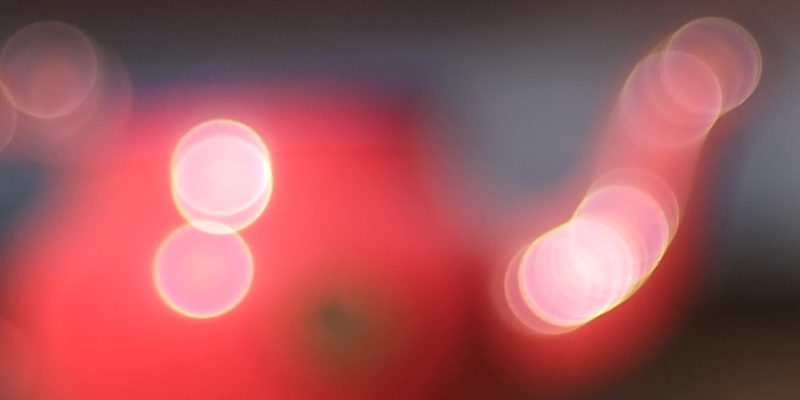 Nikkor 50mm f/1.8
Nikkor 50mm f/1.8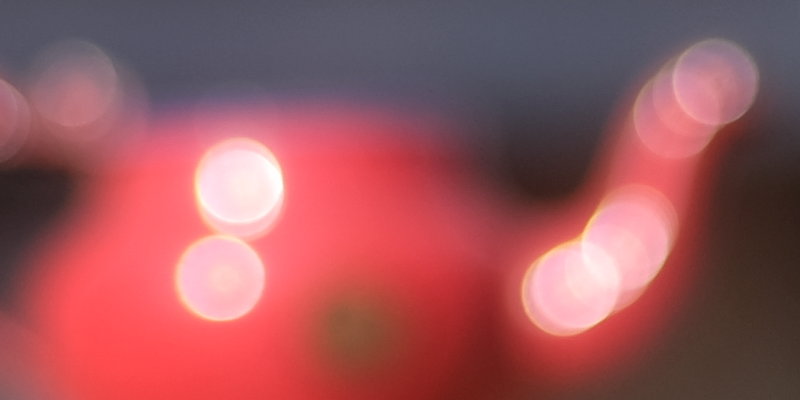 Pentax-A 50mm f/1.7
Pentax-A 50mm f/1.7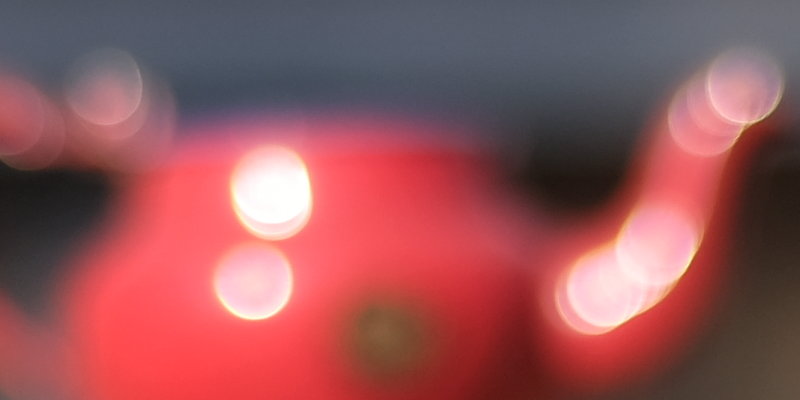 Nikon E 50mm f/1.8
Nikon E 50mm f/1.8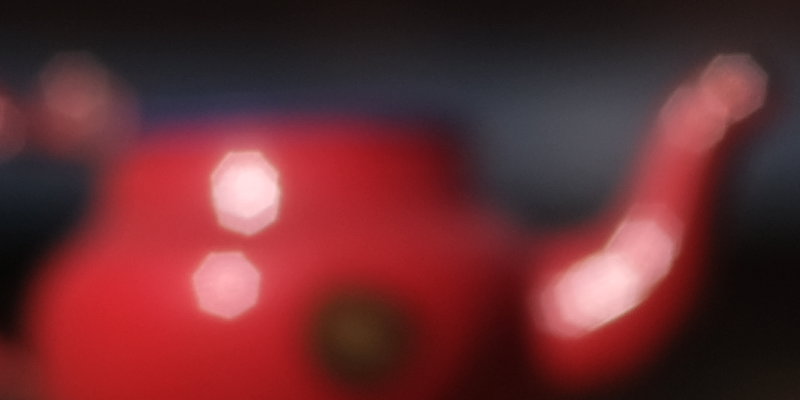 Nikkor 50mm f/2.8
Nikkor 50mm f/2.8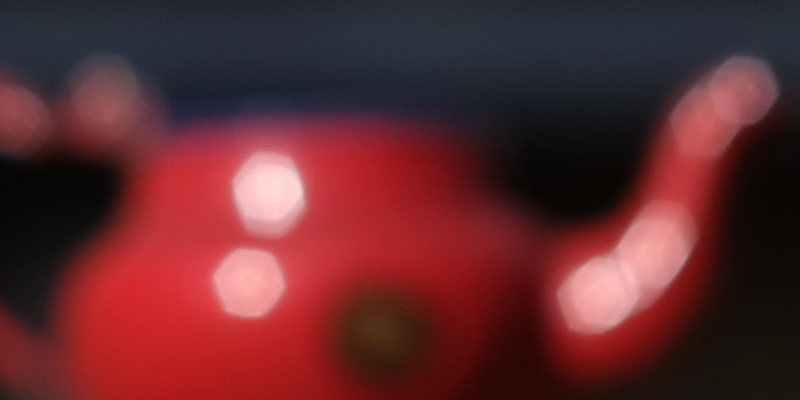 Pentax-A 50mm f/2.8
Pentax-A 50mm f/2.8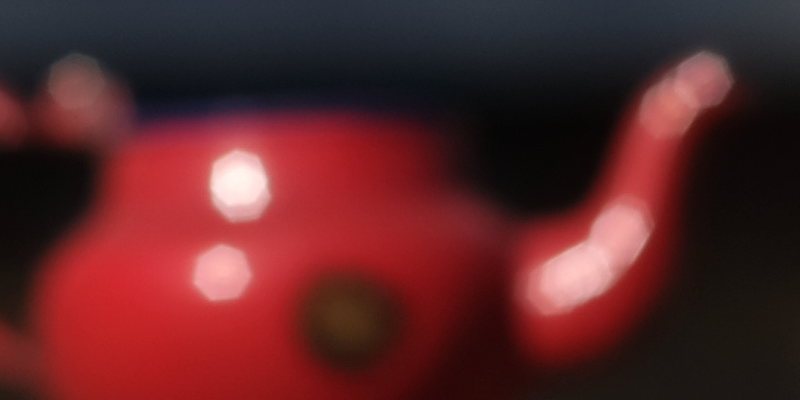 Nikon E 50mm f/2.8
Nikon E 50mm f/2.8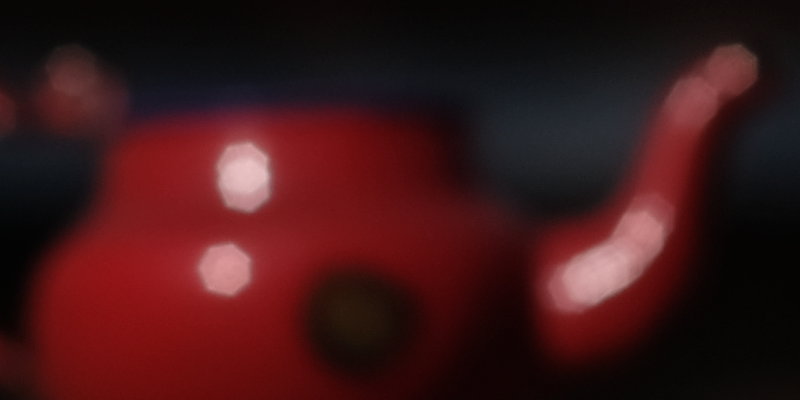 Nikkor 50mm f/5.6
Nikkor 50mm f/5.6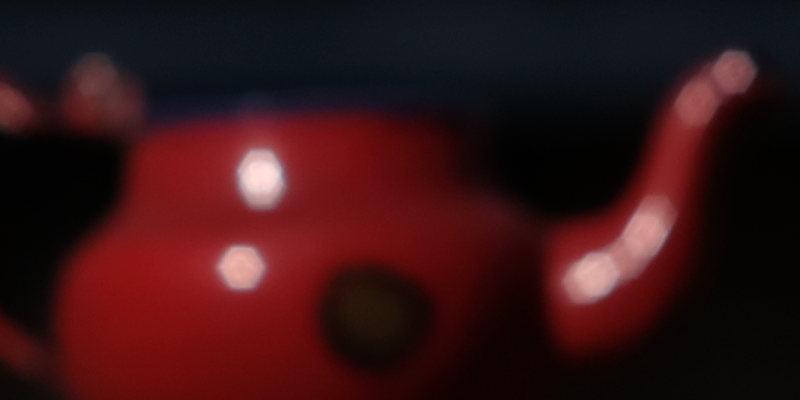 Pentax-A 50mm f/5.6
Pentax-A 50mm f/5.6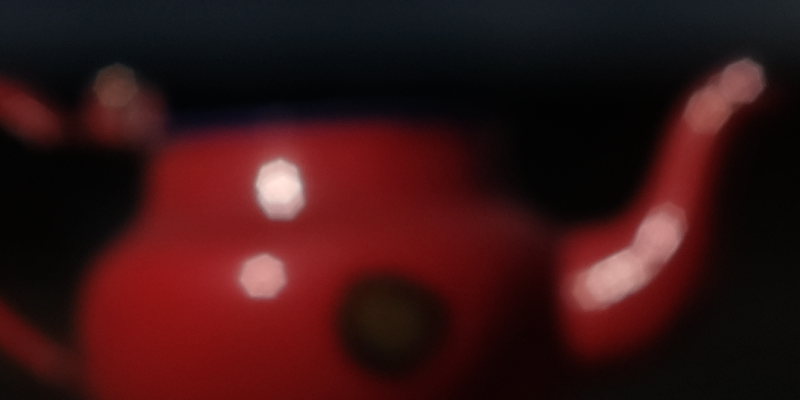 Nikon E 50mm f/5.6
Nikon E 50mm f/5.6FOCUSING (winner: Nikon E 50)
The behaviour of the focus ring has importance, too, but it must be stressed that, for such old items, it depends very much on the history and condition of each lens.
The focus ring on the Nikkor seems a bit flimsy and I was often in doubt about what I was doing. When pressing the camera shoot button, or taking my hand off the ring, I often felt like I was turning it a bit; I never felt confident using it.
I think this is the oldest lens of the three, though.
The Pentax and the Nikon E gave me better feeling, the Pentax focus ring was smoother and the Nikon was firmier, maybe I'd give the latter a slight advantage but in the end it is a matter of taste and it must be observed that the Nikon series E is in much much better condition (I'd say "mint") and is also the youngest product of the three.
Also, the series E lenses may reserve surprises, so I've heard, because the focus ring may become very hard with time; my copy of the 100mm seems to confirm this issue: it is hard, almost unusable to the point that I feared that by turning its ring I could damage the Nikon-to-Fuji adpater or the body!
Here you can see 100% crops from the target tests, where each image shows the four corners on the left and the center on the top right.
All lenses has been tested twice for each aperture (refocusing each time) and, only for the Pentax and the Nikkor, two rounds have been tried.
So, for each aperture, I picked the best shot out of two (for the Nikkor series E) and out of four (for the other contenders).
| f/1.7 (Pentax), f/1.8 (Nikkor and Nikon E) |
Pentax-A 50mm at f/1.7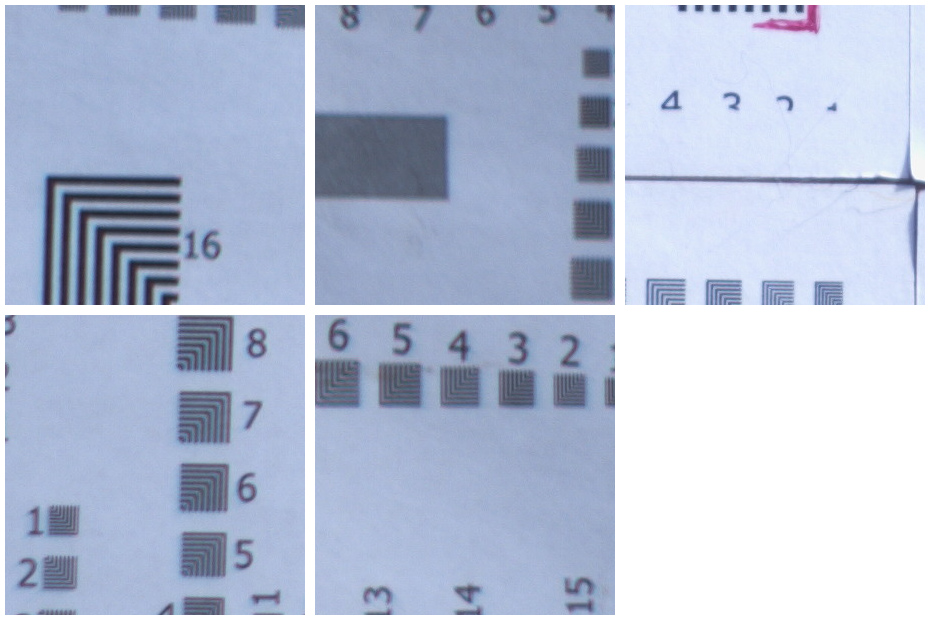
|
Nikkor 50mm at f/1.8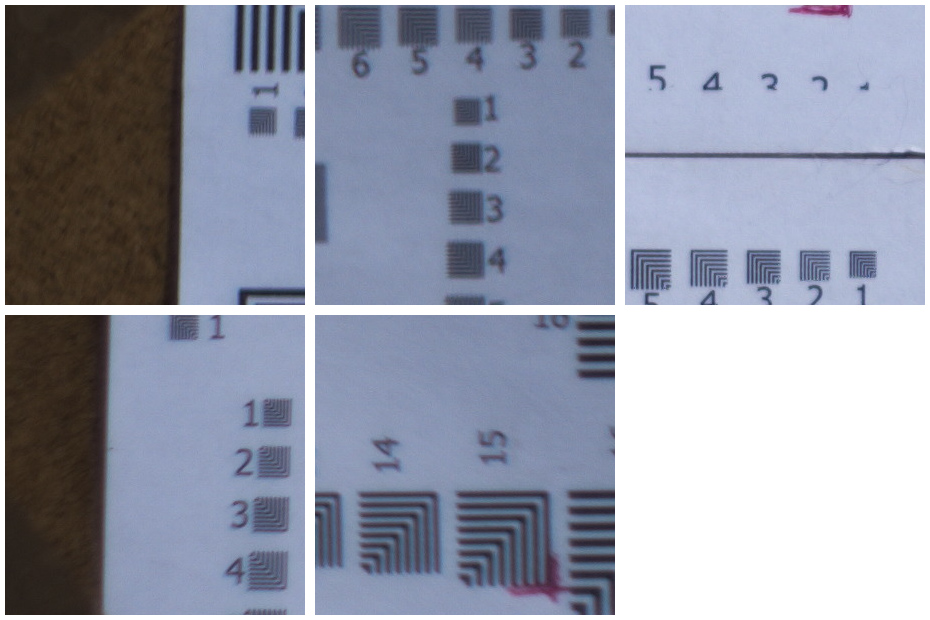
|
Nikon series E 50mm at f/1.8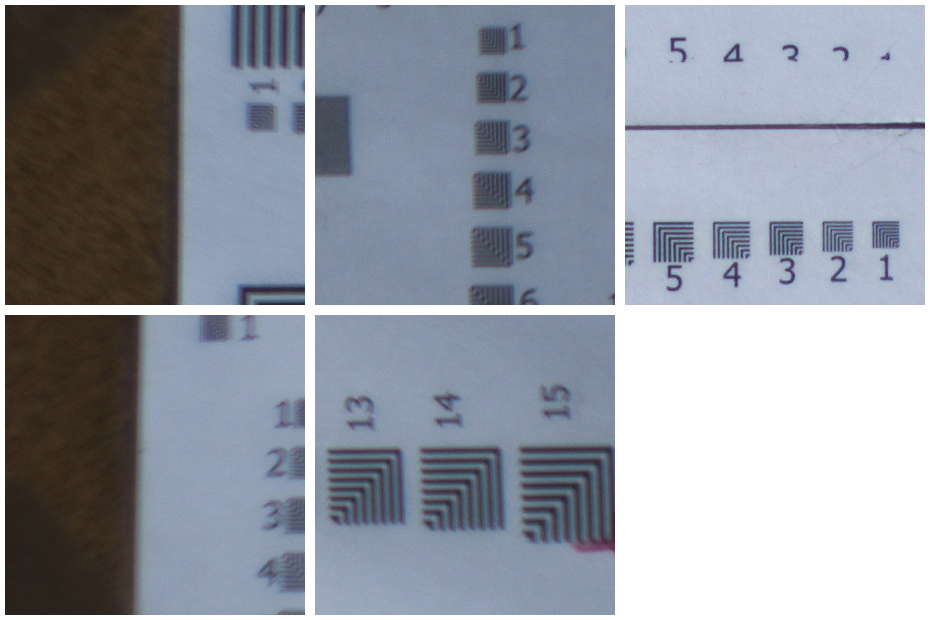
|
| f/2.8 |
Pentax-A 50mm at f/2.8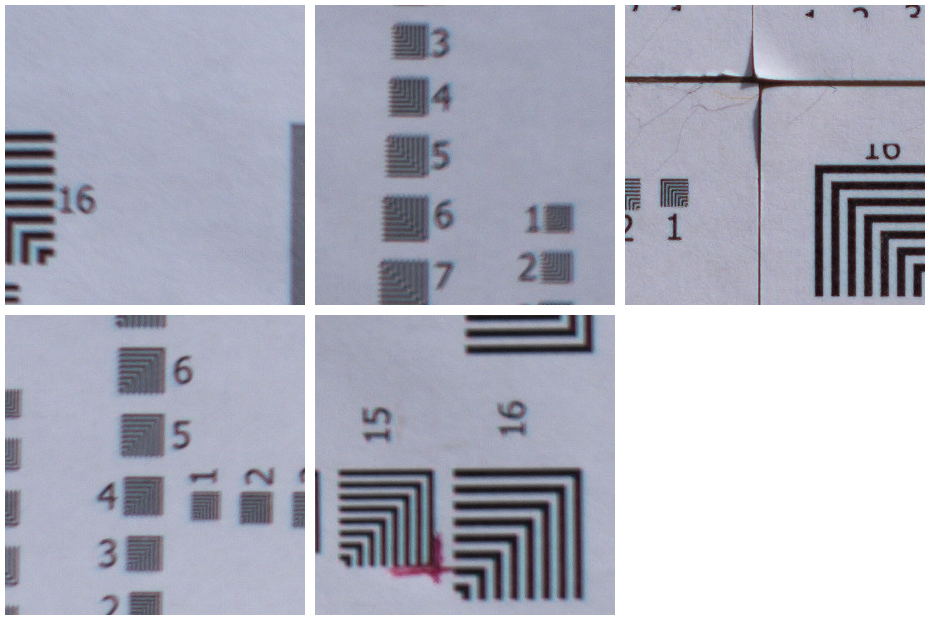
|
Nikkor 50mm at f/2.8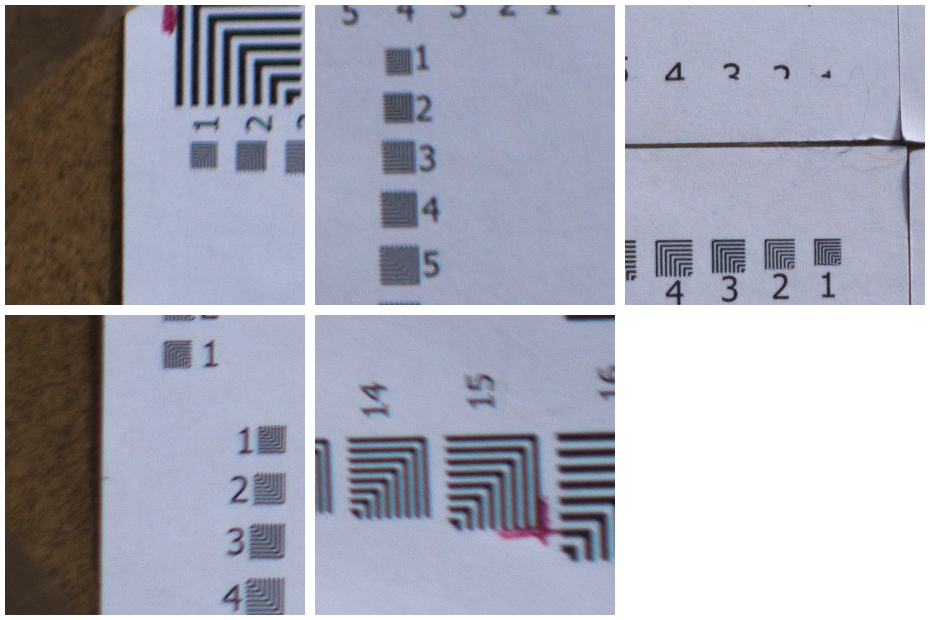
|
Nikon series E 50mm at f/2.8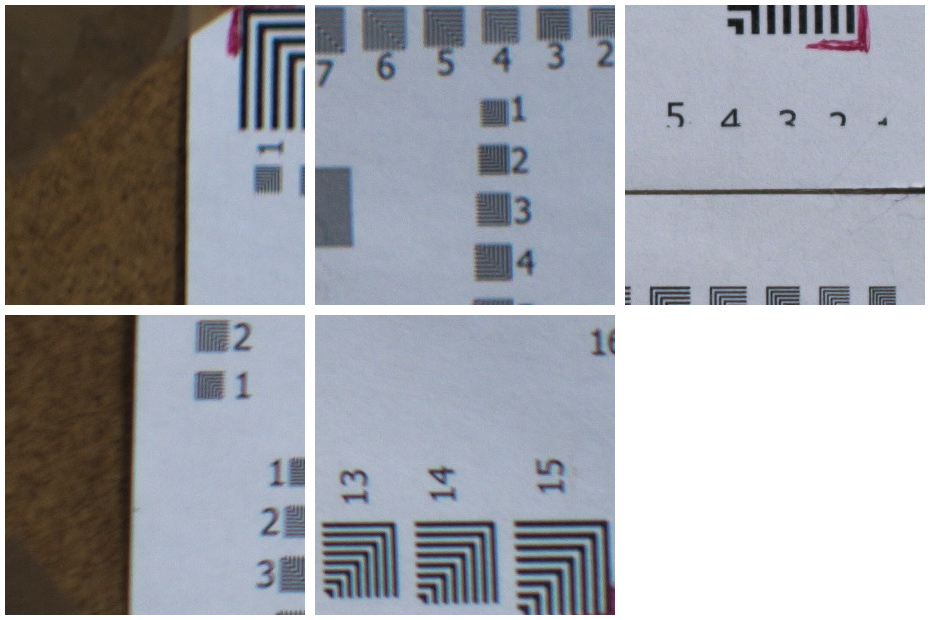
|
| f/5.6 |
Pentax-A 50mm at f/5.6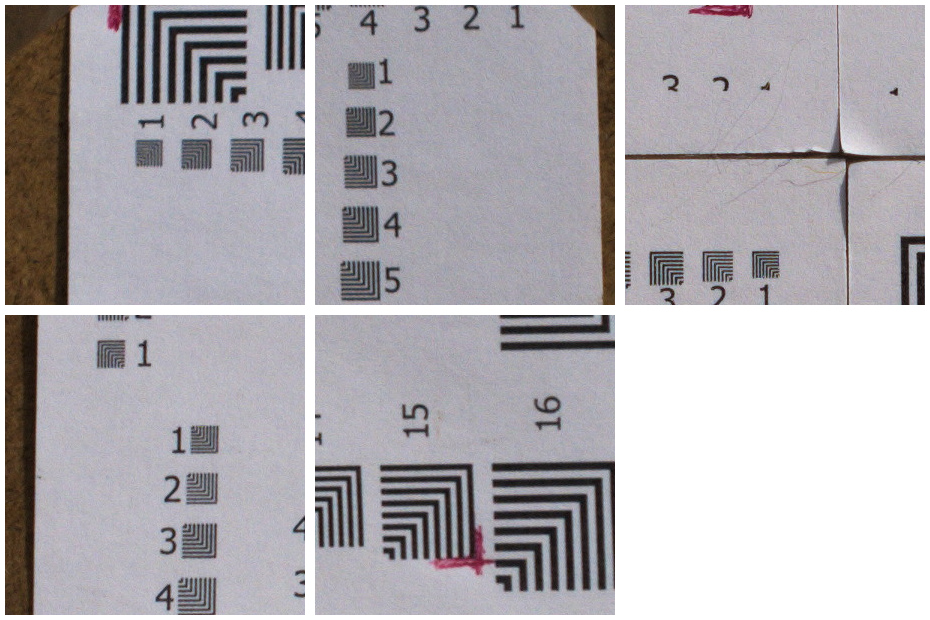
|
Nikkor 50mm at f/5.6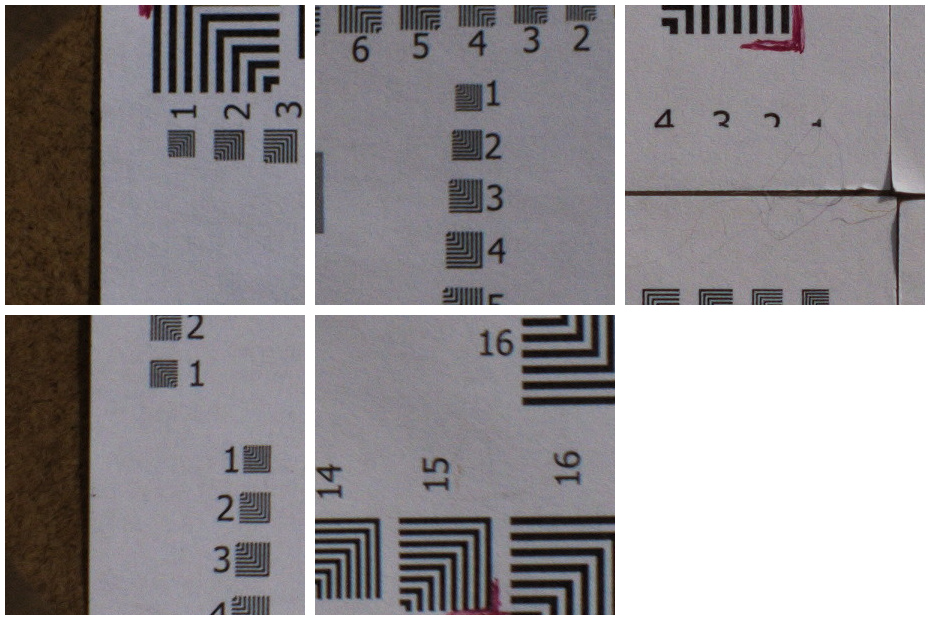
|
Nikon series E 50mm at f/5.6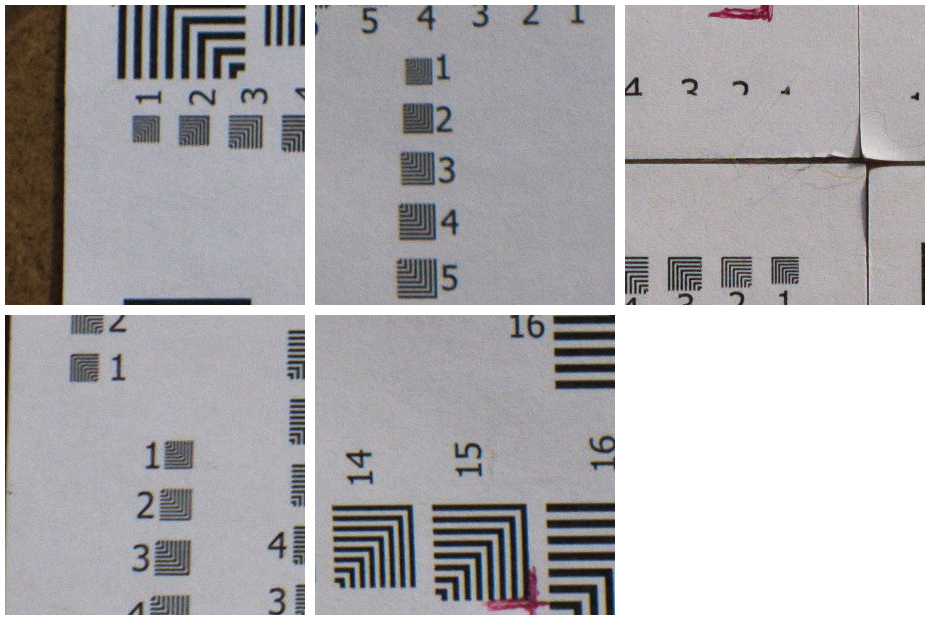
|
| f/8 |
Pentax-A 50mm at f/8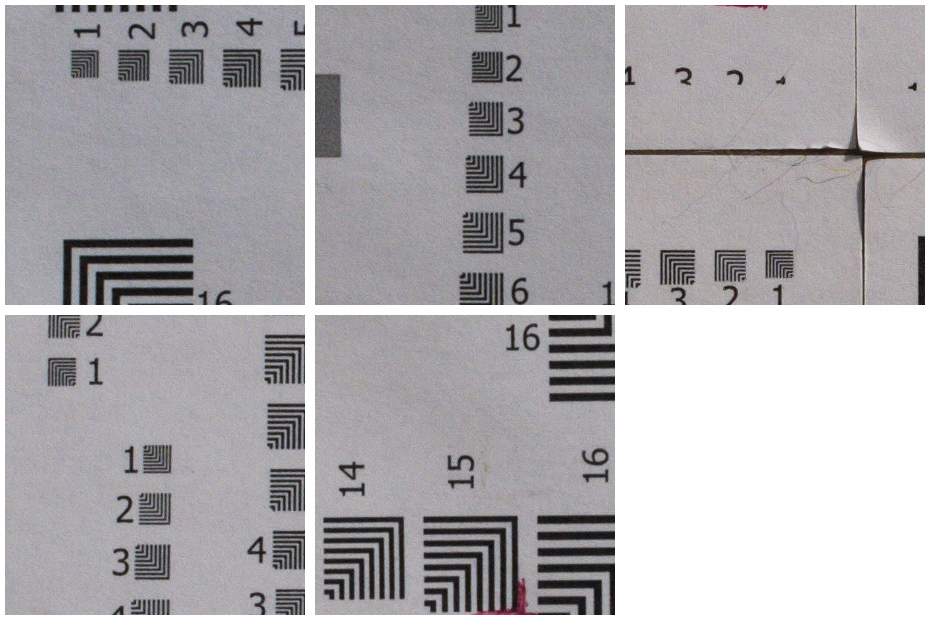
|
Nikkor 50mm at f/8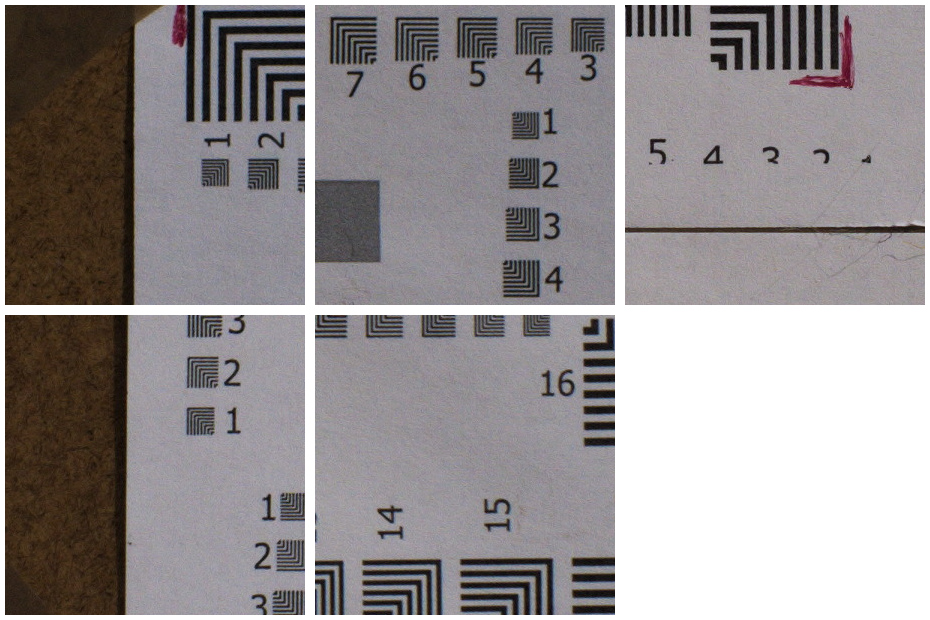
|
Nikon series E 50mm at f/8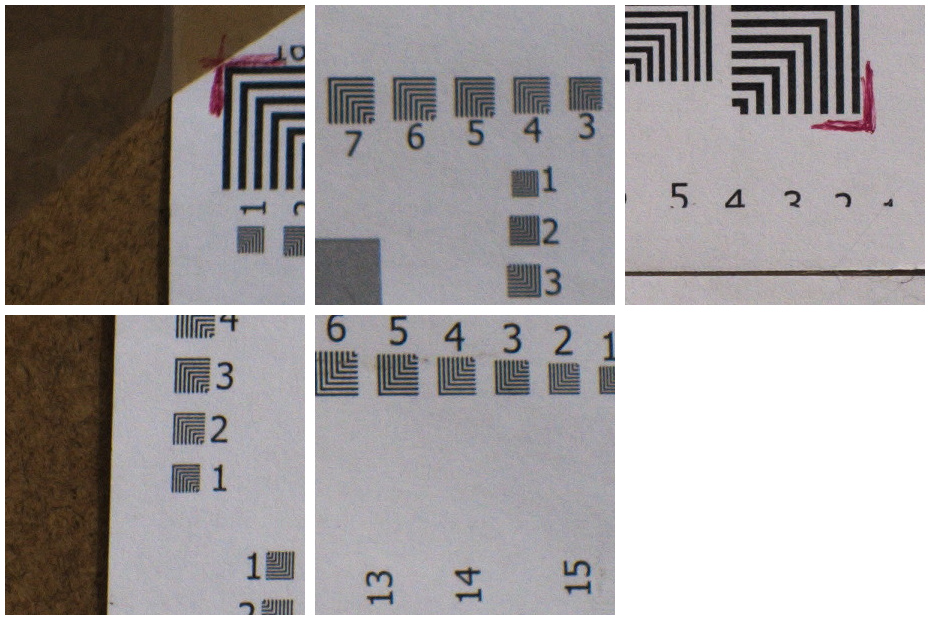
|
100-135 mm
Though I may consider the 100mm (equivalent to 150mm on APS-C) still somewhat useful for portraits, 135mm becomes really a bit too long for that, in my taste. Besides, the latter is by no means a "long" lens, so I wonder if I will ever keep it in my bag.
Actually, I'm not sure about having any interest at all for both these focals with APS-C cameras, even though I recently realized that I am in bad need of this lengths for shooting in theatres when I cannot work during rehearsal but I'm forced to work at show-time (as I've been recently doing, indeed).
This match is intriguing, as the Pentax shows some softness and lateral CA aberration wide-open, taking a beat from the Nikon (which is also less prone to CA, though showing some), but does much better once stopped down, returning the favour to the opponent. For some reason, the f/8 behaviour of the Nikon is not on par with f/5.6
The Pentax is a wonderful piece of metal, handily and firm, and has a beautiful, retractible, all-metal lens-hood.
As I've already mentioned, the Nikon 100mm series E focus ring is so hard to turn that it spoils any other construction quality it may have. I plan to get rid of it. Sigh!
| f/2.8 |
(the Pentax lacks 2.8 aperture) |
Nikon 100mm series E at f/2.8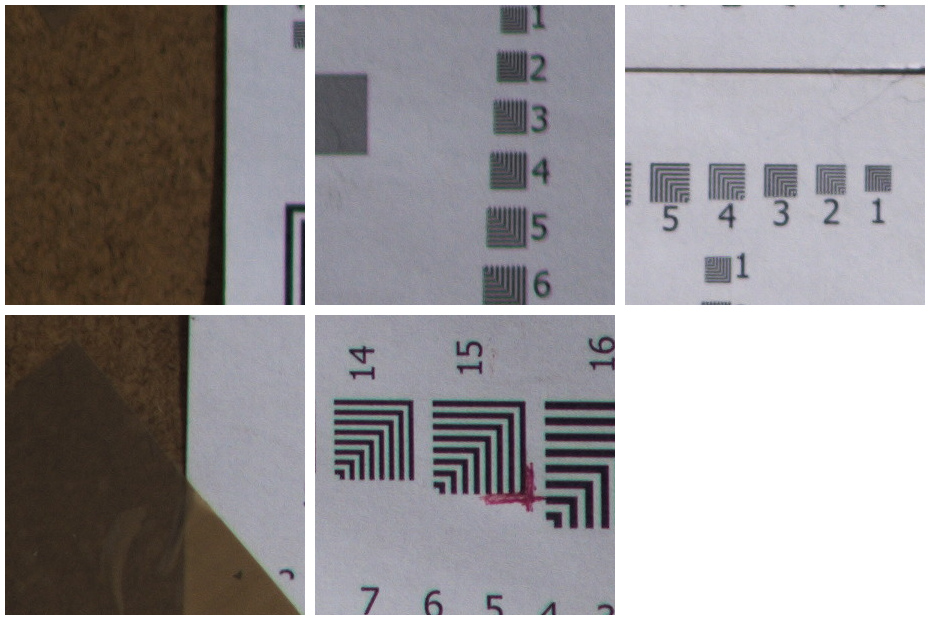
|
| f/3.5 (Pentax), f/4 (Nikon) |
Pentax-M 135mm at f/3.5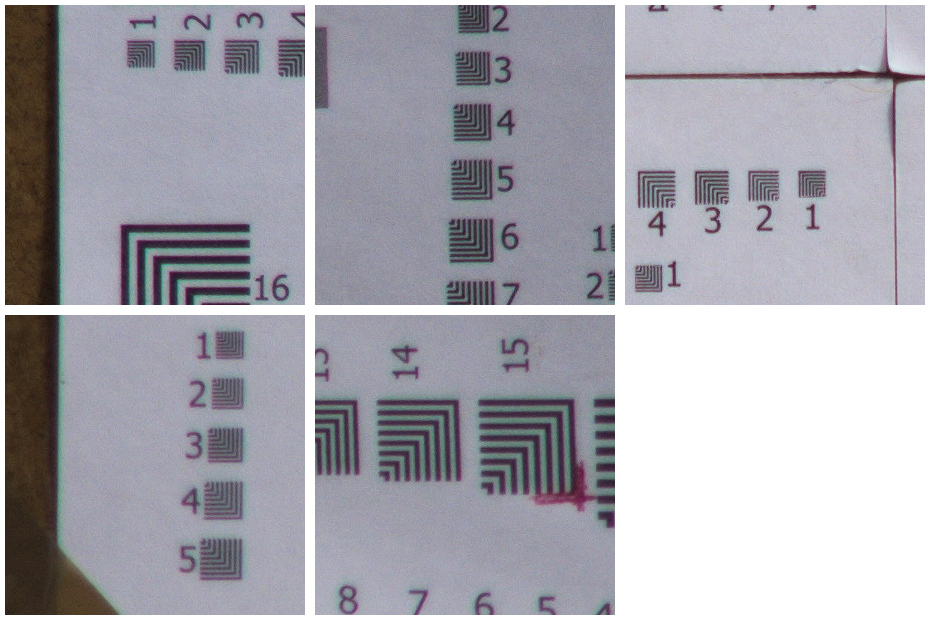
|
Nikon 100mm series E at f/4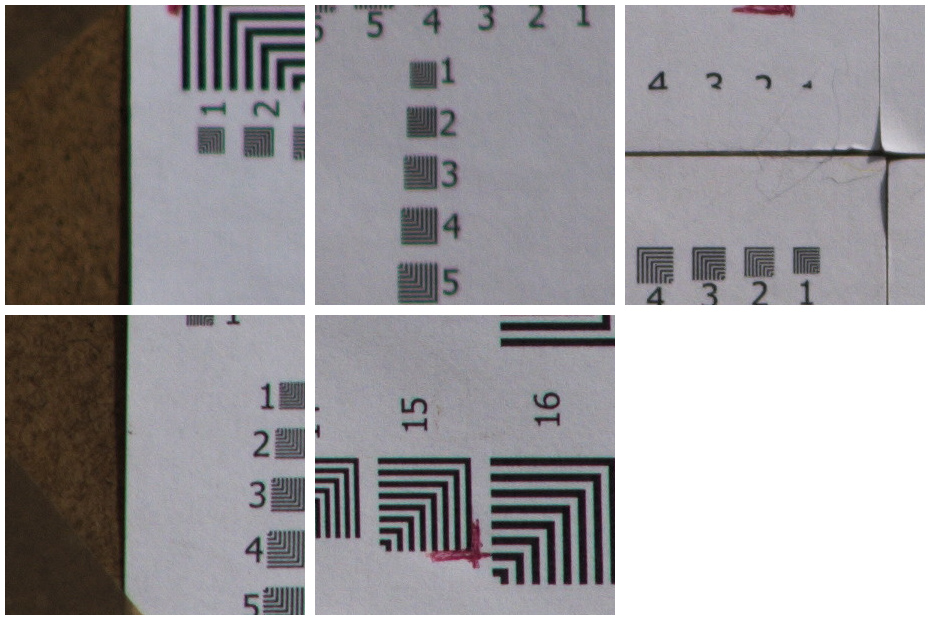
|
| f/5.6 |
Pentax-M 135mm at f/5.6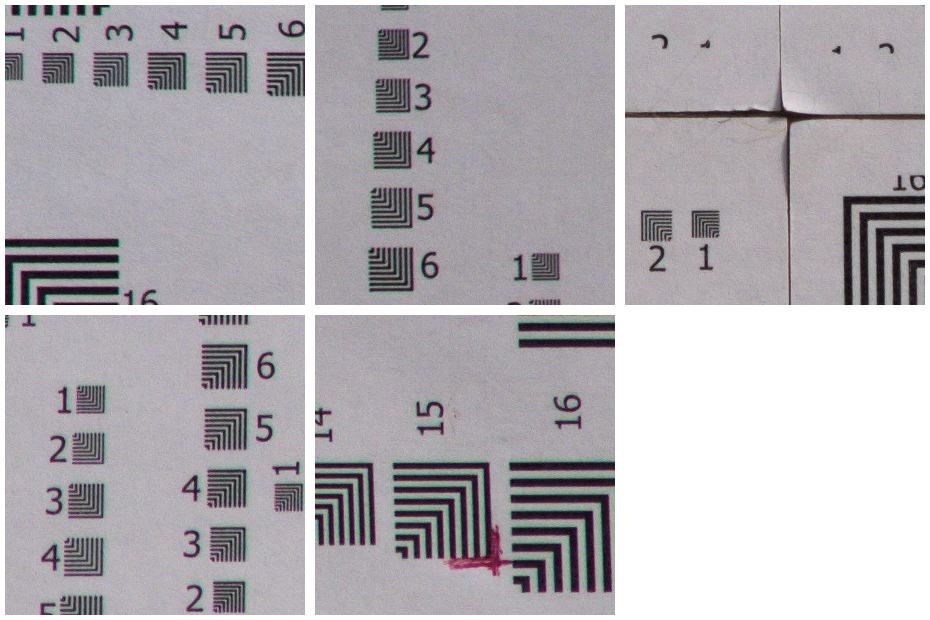
|
Nikon 100mm series E at f/5.6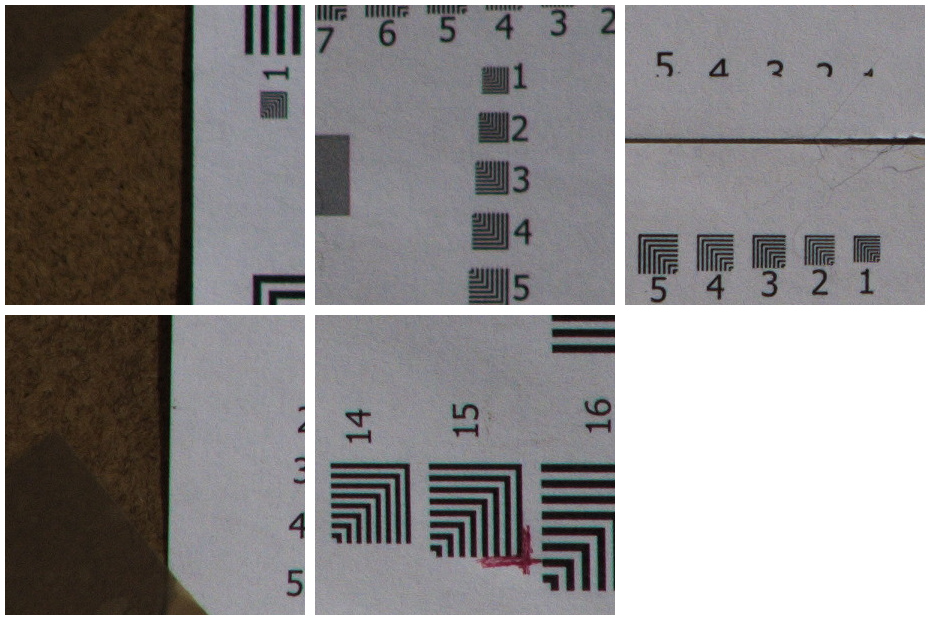
|
| f/8 |
Pentax-M 135mm at f/8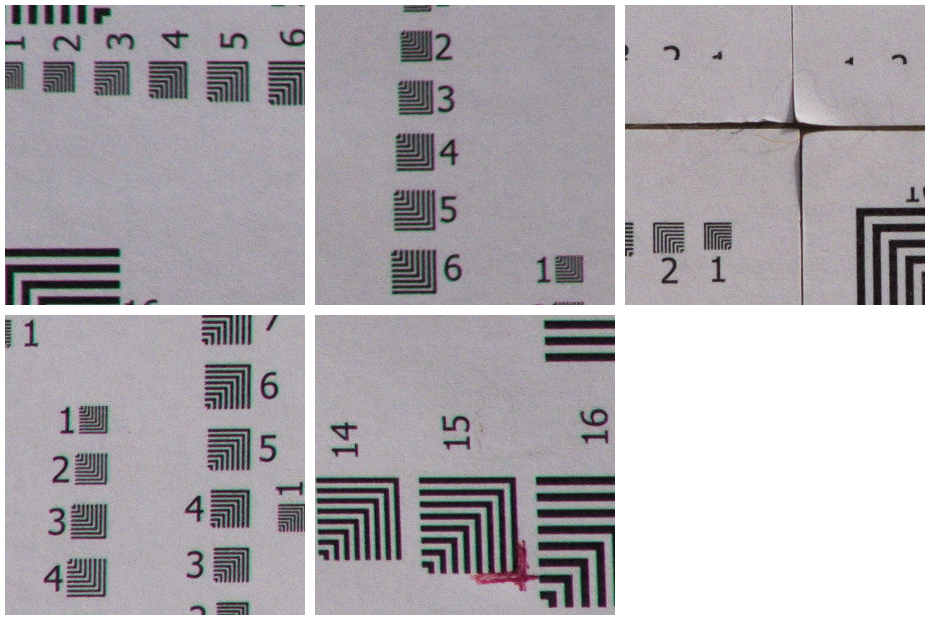
|
Nikon 100mm series E at f/8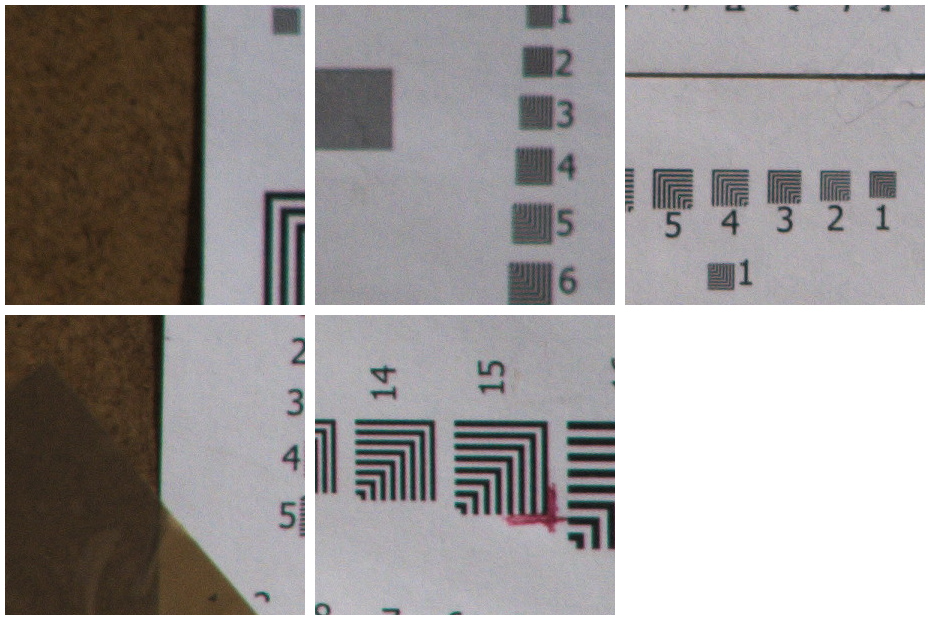
|
24-28mm: once we were the wide-angle lengths
Moving to the the wider focals lenses (the 24mm and the two 28mmm), I was not really interested in testing this equipment, at the moment, so I quickly exploited the same target I had previously used for the other lenses. Which means that I was rather near the target (less than two meters away) and this is a very bad, not to say terrible, idea. Nevertheless, I incurred in a bit of a delusion, though I could expect it from the scores that can be found online: the corners were rather blurry also at f8, so I suspect that these three lenses are basically weak (likely, not just at this distance).
I'd rather try them against some buildings but I don't think it's worth the effort: in this area (28mm or so), a decent modern kit lens intended for the APS-C usually outperforms the older cheap primes, so why bother?
Indeed, as this friend of mine explained to me (he's got some pretty good knowledge of optical schemes and photo technology in general), digital sensors suffer a lot from oblique light rays and modern lenses adopt solutions that are much more suitable to counterfight this limitation, while schemes from old wide-angles are often a bad match for sensors.
Also remember that a 28mm prime on APS-C is equivalent to a 42mm for full-frame and film cameras, not much useful: for the most of us, it is also too long for street photography.
Keeping in mind the matter of the bad distance, you don't need to be an expert to see by yourself that the Takumar-A (or Asahi Pentax, if you like) crushes the competition at all apertures. Though still being not a great performer in the borders, it is the only lens, in the end, that may have sense to keep, it is not too shabby especially at f/5.6 (good) and f/8 (very good): at these apertures, you may want to take with you for a trip outside.
I wonder, though, how bad all the three would do against a full-frame sensor!
100% crops follow, again: four corners on the left, the center is on the right.
| f/2.8 |
Vivitar MC 24mm at f/2.8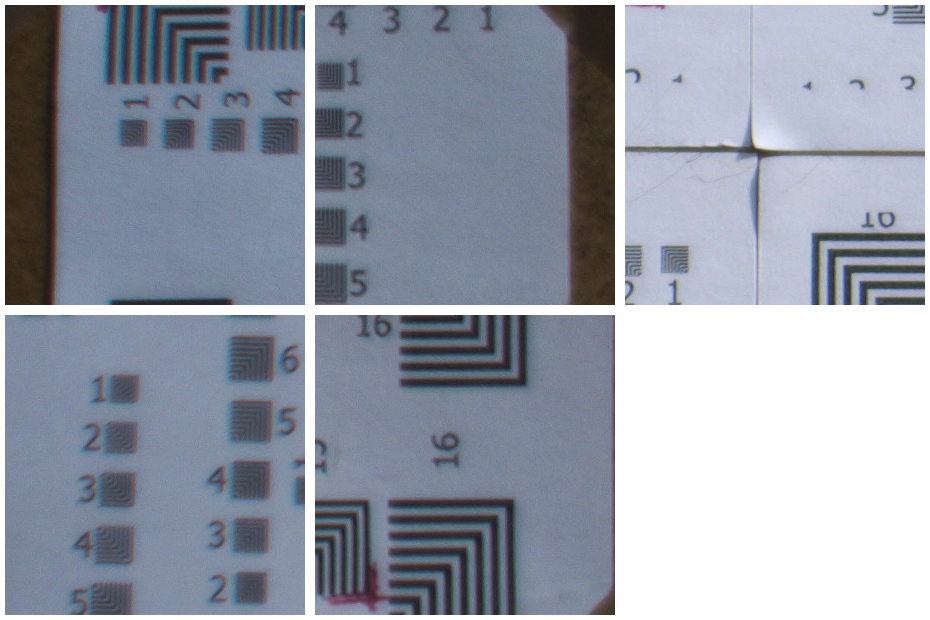
|
Takumar-A 28mm at f/2.8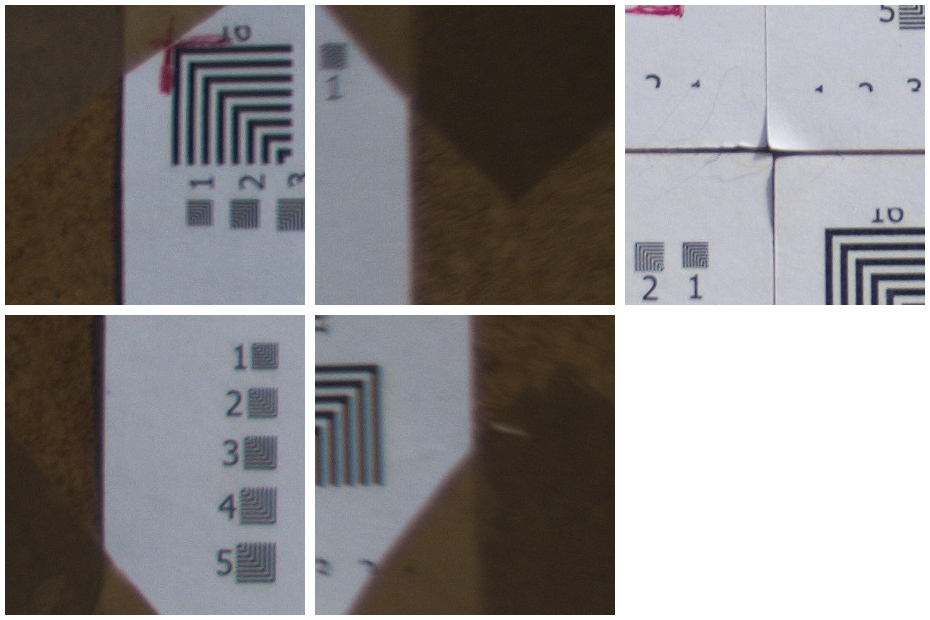
|
Vivitar MC 28mm at /f2.8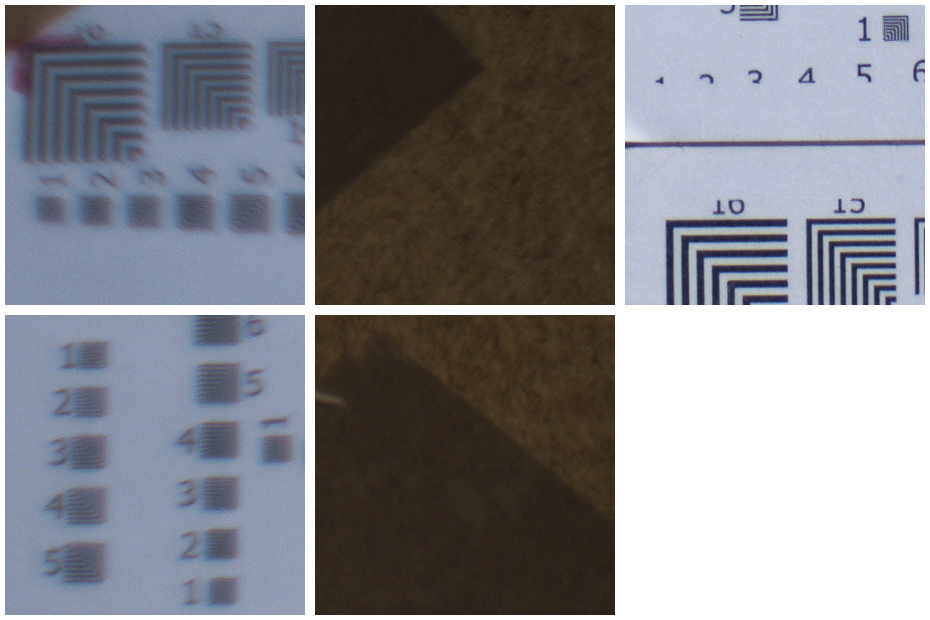
|
| f/4 |
Vivitar MC 24mm at f/4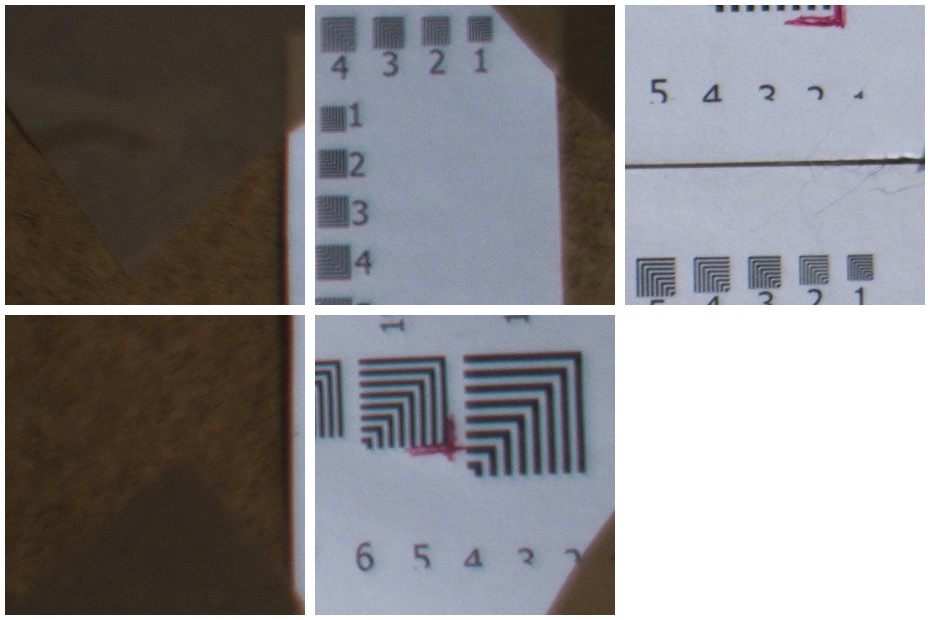
|
Takumar-A 28mm at f/4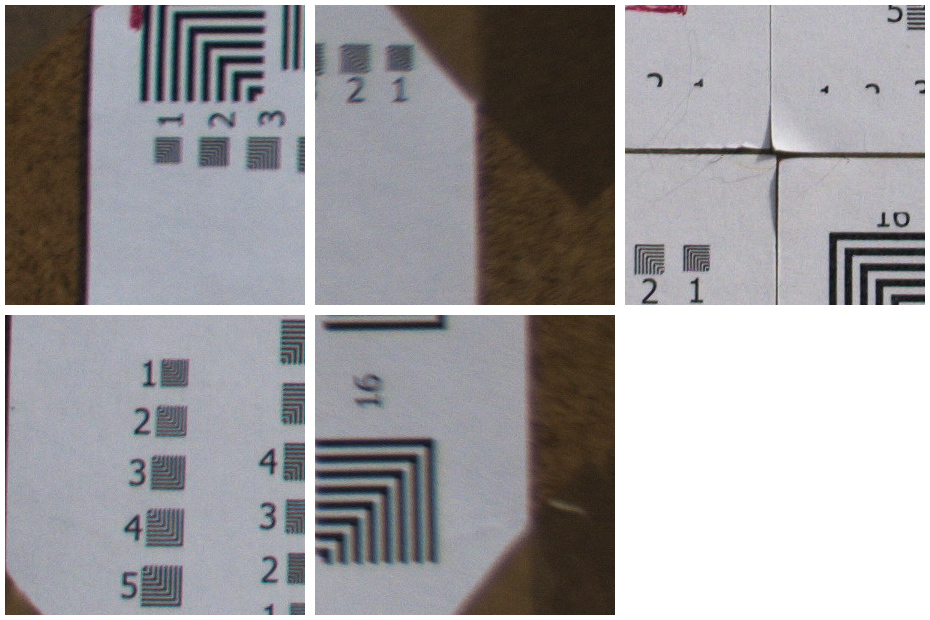
|
Vivitar MC 28mm at f/4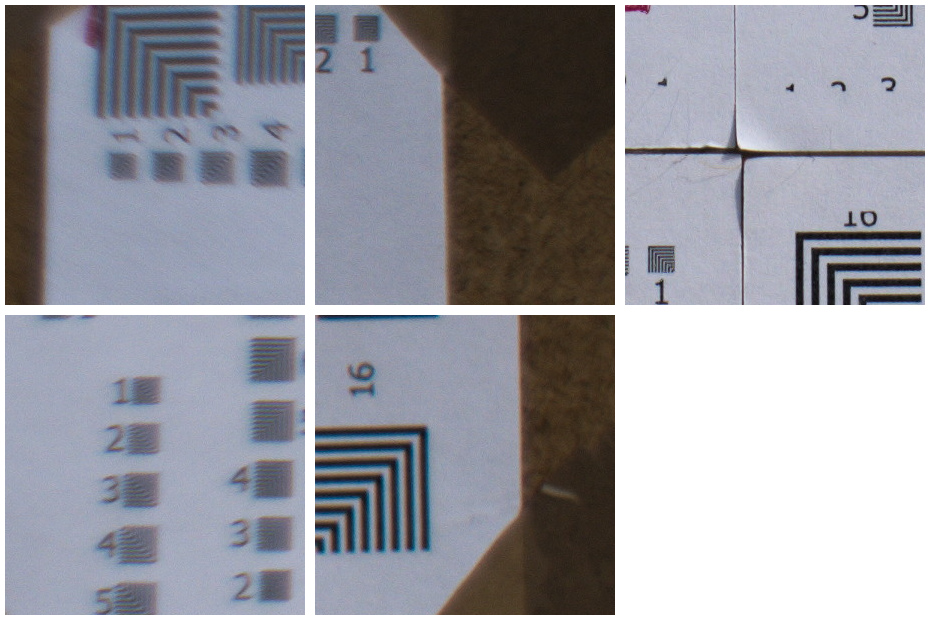
|
| f/5.6 |
Vivitar MC 24mm at f/5.6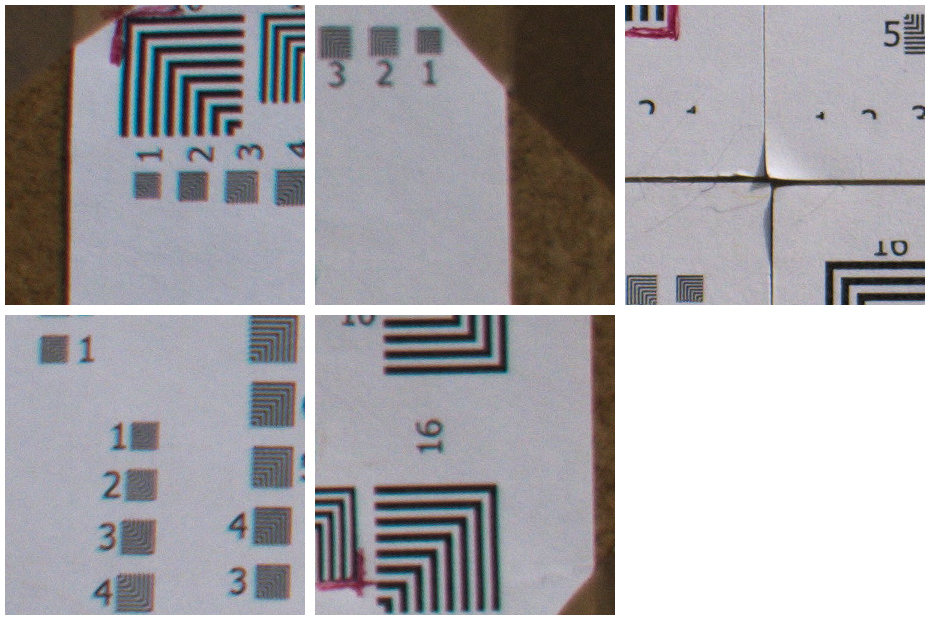
|
Takumar-A 28mm at f/5.6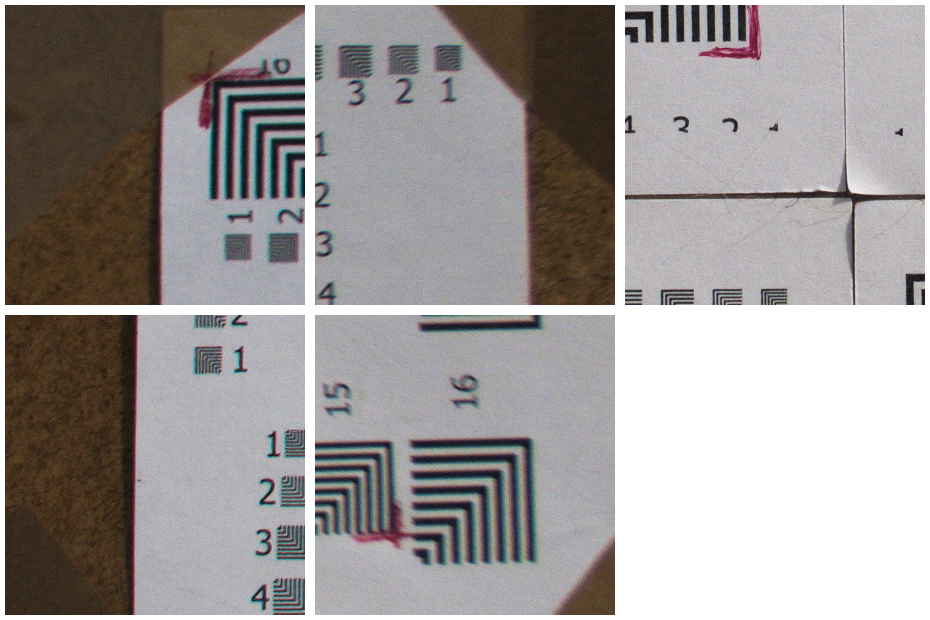
|
Vivitar MC 28mm at f/5.6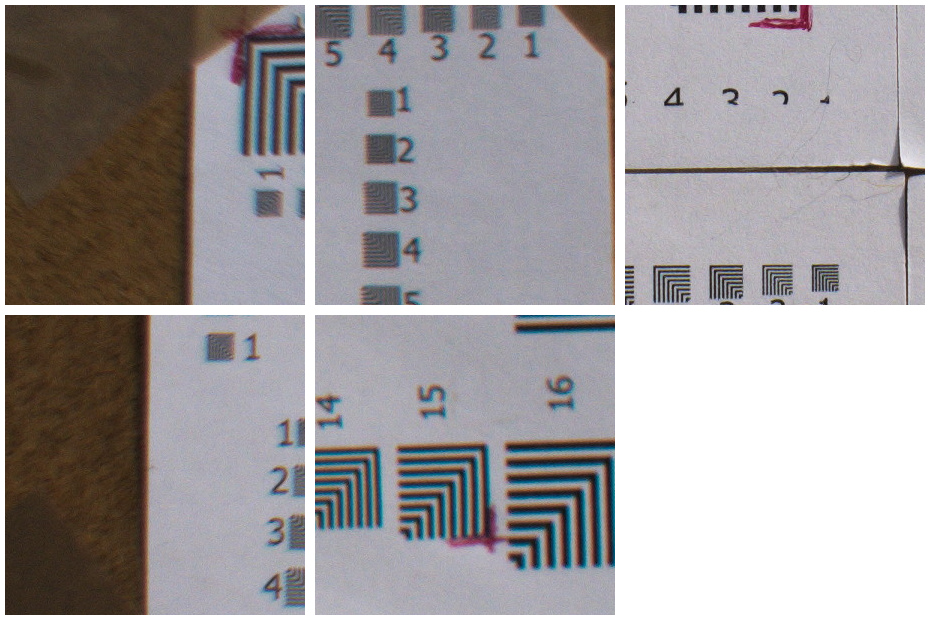
|
| f/8 |
Vivitar MC 24mm at f/8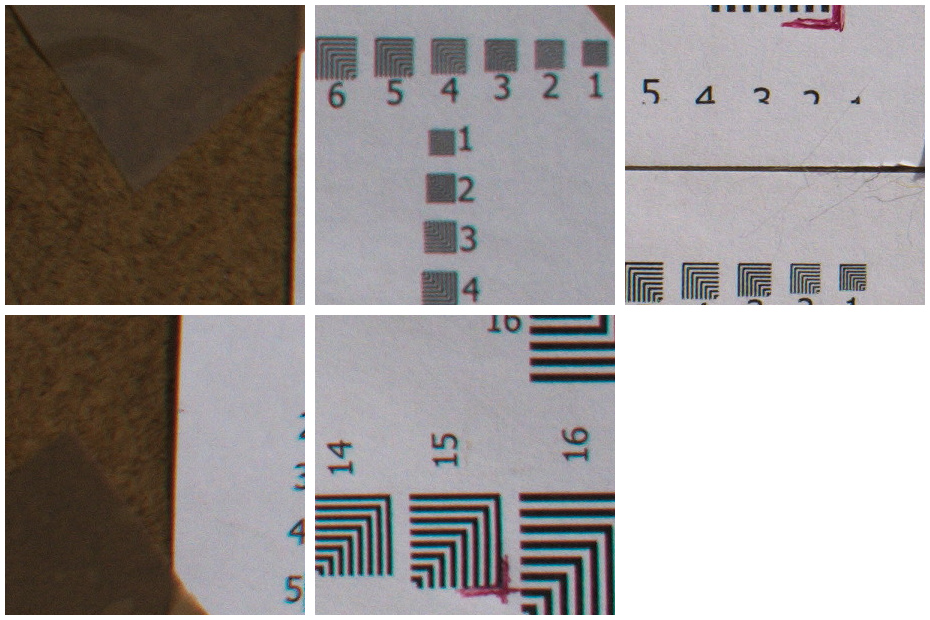
|
Takumar-A 28mm at f/8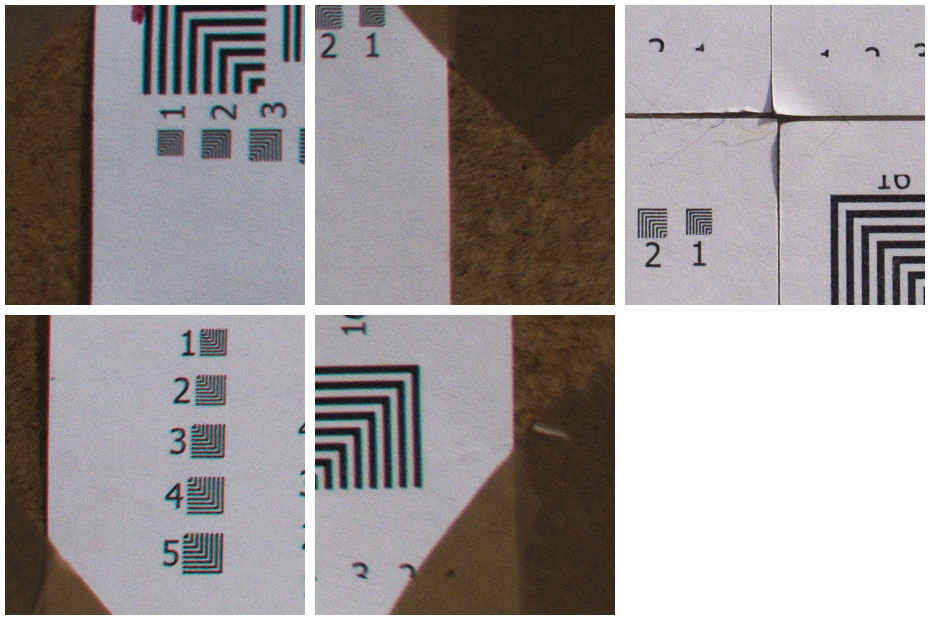
|
Vivitar MC 28mm at f/8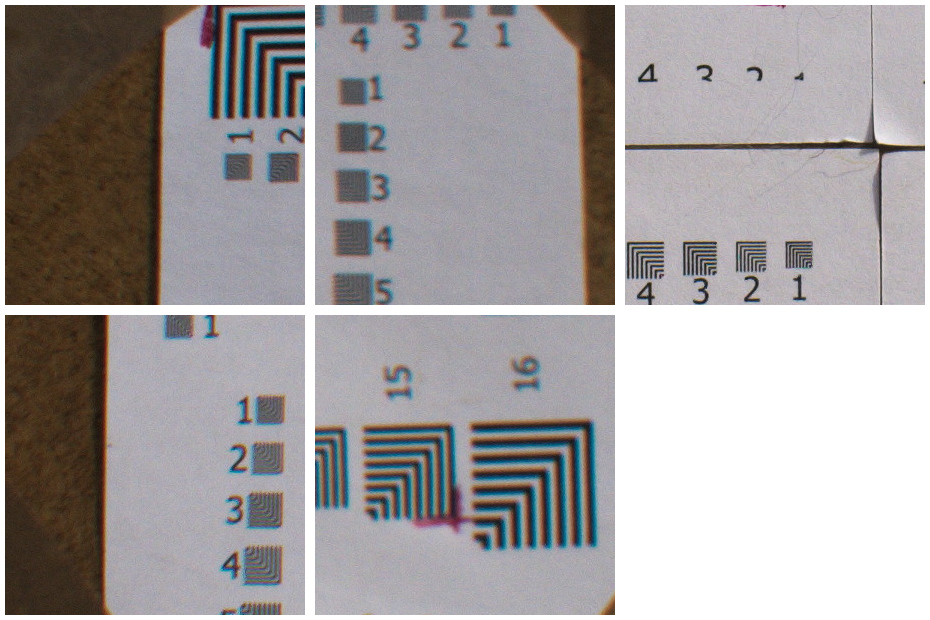
|
What else to say... I hope some Internaut has landed here and found useful information!
Long live photography!
| Back to the site index | ||
| Do you love Italy? Check my little site, I hope to find the time to make it grow! | ||